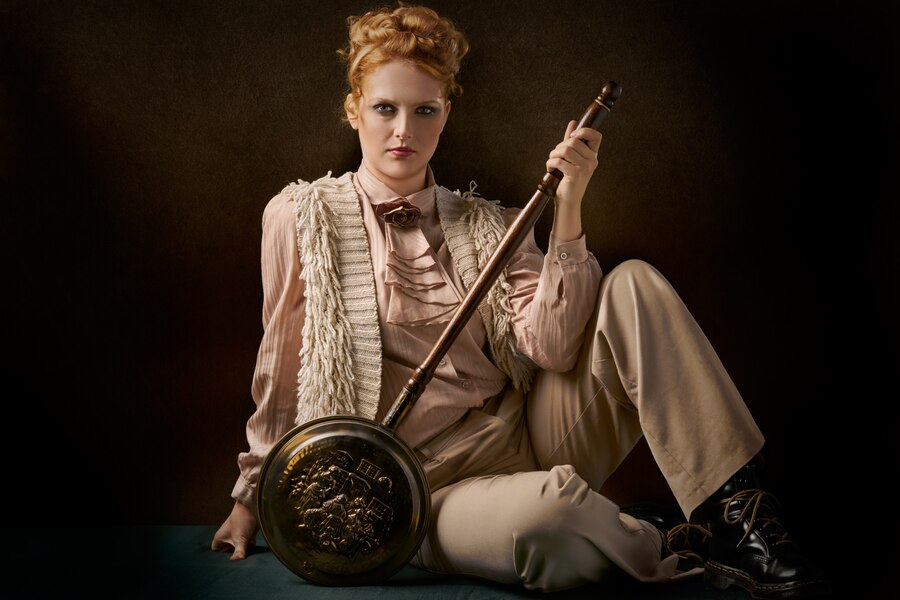Imagining Taylor Swift, a contemporary music icon known for her genre-spanning discography and lyrical prowess, in the 1830s is a fascinating exercise in historical and creative speculation. Though she is firmly rooted in the 21st century, envisioning Swift’s talents and influence in the context of the 19th century offers intriguing insights into how her artistry might have manifested in a vastly different era.
The Musical Landscape of the 1830s
The 1830s were characterized by a rich tapestry of musical traditions, heavily influenced by classical compositions, folk music, and the early stirrings of what would eventually become popular music genres. In this era, music was primarily experienced through live performances, as recording technology had not yet been invented. Concerts, parlor music, and community gatherings were the main avenues for musical expression.
If Taylor Swift were a musician in the 1830s, she would likely have adapted her talents to fit the musical styles and conventions of the time. Her storytelling prowess, a hallmark of her songwriting, would have found a place in the ballads and folk songs that were popular in this period.
Songwriting and Storytelling
Taylor Swift’s ability to weave intricate narratives through her lyrics would have resonated with the audiences of the 1830s. Storytelling was a central component of the music of that era, with ballads often recounting tales of love, adventure, and societal issues. Swift’s knack for capturing the human experience in her songs would have aligned perfectly with this tradition.
Her songs, perhaps performed in intimate parlor settings or community gatherings, would have likely featured acoustic instruments such as the piano, guitar, and violin. Swift’s lyrics, known for their emotional depth and relatability, would have been set to melodies that could be easily played on these instruments, fostering communal singing and participation.
Performances and Public Reception
In the 1830s, public performances were a primary way for musicians to reach their audiences. Swift, with her charismatic stage presence and ability to connect with fans, would have been a captivating performer in this era. She might have toured local theaters, town halls, and even outdoor venues, bringing her music to a wide array of listeners.
Without modern amplification, Swift’s performances would have relied on her vocal strength and the acoustics of the performance space. Her dynamic range and expressive voice would have been well-suited to the intimate and acoustic nature of 19th-century performances.
Cultural and Social Influence
As an artist, Taylor Swift has always been more than just a musician; she is a cultural icon whose influence extends beyond music. In the 1830s, her impact might have been seen through her engagement with contemporary social issues. The 19th century was a period of significant social change, with movements for women’s rights, abolition, and other causes gaining momentum.
Swift’s modern-day advocacy for gender equality and social justice suggests that she would have been an active voice in these movements. Her music and public platform could have been used to support and promote these causes, much like how she uses her influence today to effect change.
Fashion and Persona
Taylor Swift’s fashion sense is another integral part of her public persona. In the 1830s, fashion was characterized by elaborate dresses, corsets, and bonnets for women. Swift, known for her ability to adapt and evolve her style, would have embraced the fashion of the time while potentially infusing it with her own unique flair. Her public appearances and performances would have been occasions for showcasing both her musical talent and her sartorial elegance.
Conclusion
While it is purely speculative to imagine Taylor Swift in the 1830s, this exercise highlights the timeless qualities of her artistry. Her storytelling, musical talent, and ability to connect with audiences are attributes that would have transcended the limitations of any era. In the 1830s, Swift would have undoubtedly found a way to make her mark, adapting her talents to the musical and cultural landscape of the time while continuing to inspire and influence those around her.







